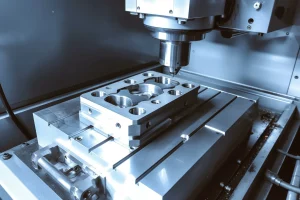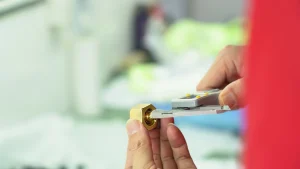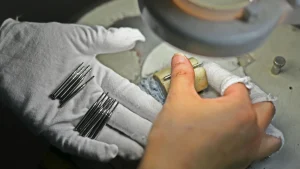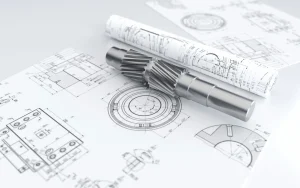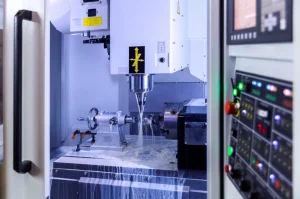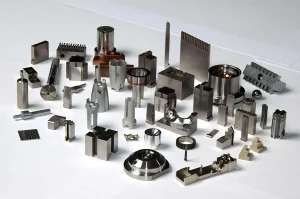Common types of wear in part machining include:
- Running-in wear
- Hard particle wear
- Surface fatigue wear
- Thermal wear
- Phase change wear
- Hydrodynamic wear
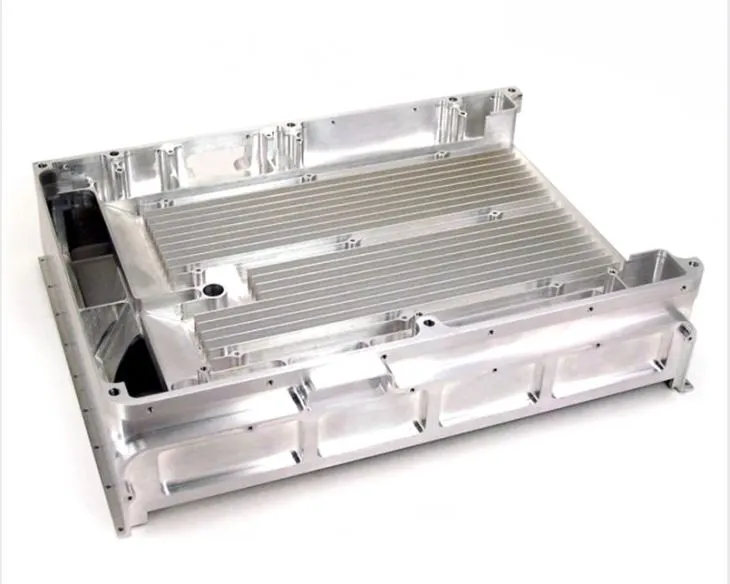
Run-in Wear
Run-in wear is wear that occurs when a machine tool is subjected to normal load, speed, and lubrication conditions. This type of wear generally develops slowly and has little impact on machining quality in the short term.
Hard Abrasive Wear
Hard abrasive wear occurs when abrasive particles shed from the part itself or hard particles that enter the machine tool from outside mix into the machining area and are cut or ground by the machine, causing damage to the part and seriously affecting machining quality.
Surface Fatigue Wear
Surface fatigue wear refers to microcracks or pitting caused by alternating loads, which can lead to damage to the part. This type of wear is often closely related to factors such as pressure, load characteristics, and the material and size of the machine parts.
Thermal Wear
Thermal wear is the phenomenon in which heat generated during friction acts on the part, causing tempering, softening, and wrinkling. This type of wear typically occurs in high-speed, high-pressure sliding friction. It is highly destructive and can be associated with accidental wear.
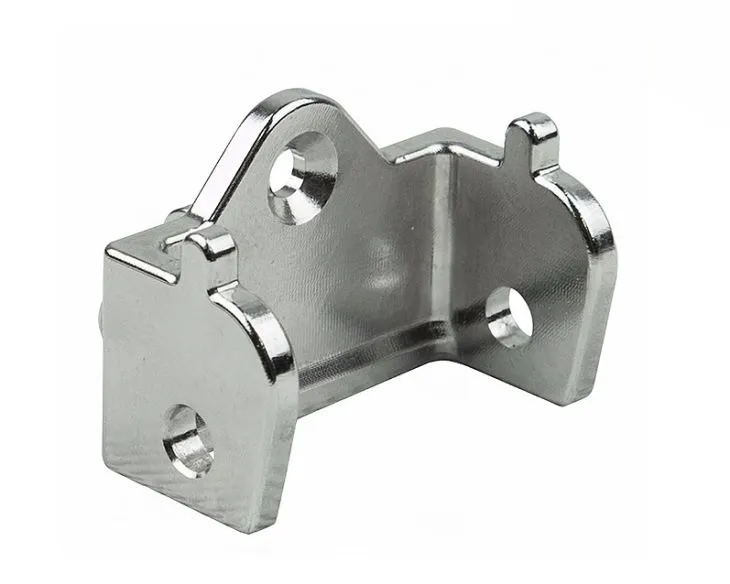
Corrosion Wear
Corrosion is a chemical reaction that causes wear. When a component’s surface comes into contact with acids, alkalis, salts, or harmful gases, it is chemically attacked. Alternatively, the surface reacts with oxygen to form hard, brittle metal oxides that easily break off, causing wear.
Phase Change Wear
Phase change wear occurs when precision mechanical parts operate at high temperatures for extended periods. The heat causes the metal grains on the surface to enlarge, and oxidation occurs around the grain boundaries, creating tiny gaps. This weakens the component and reduces its wear resistance, leading to wear.

